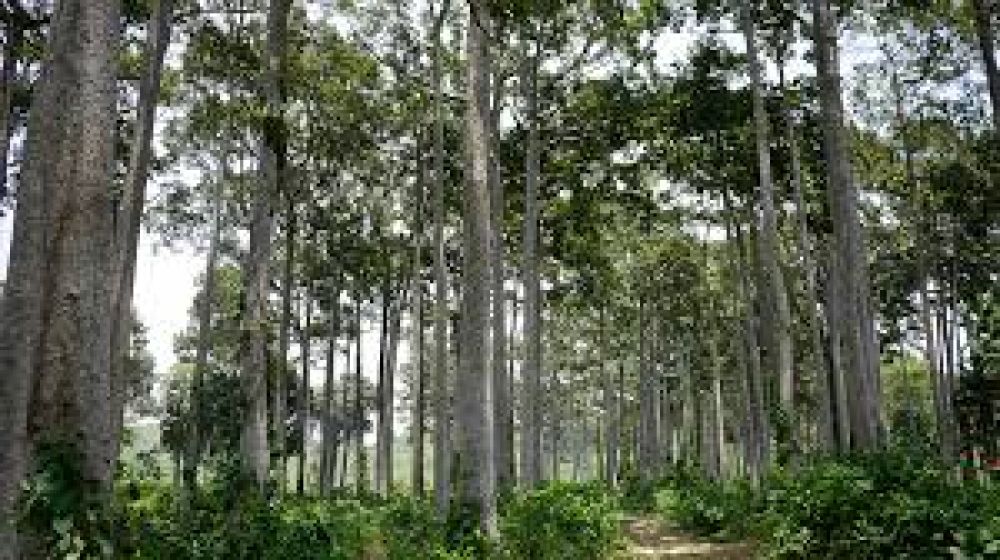

Located in the southernmost tip of Bangladesh, the Teknaf Wildlife Sanctuary is a unique reserve that spans over an area of approximately 116 square kilometers. Established in 1983, it is part of the larger Teknaf Peninsula, bordering Myanmar to the east. This sanctuary is a biodiverse area within the Cox's Bazar district, known for its natural beauty, rich wildlife, and important ecological significance.
Tourism in the Teknaf Wildlife Sanctuary has evolved considerably since its establishment. Initially, the area was frequented by local visitors and a few nature enthusiasts aware of its existence. Over time, the government and various non-governmental organizations have worked to promote the sanctuary as a tourism destination. Efforts to develop sustainable tourism practices have aimed at not only boosting local economies but also ensuring the protection of the diverse plants and wildlife found within the sanctuary's borders.
In the past decade, the Cox's Bazar region, including the sanctuary, has witnessed a surge in popularity with improvements in infrastructure such as better road connectivity and the establishment of accommodation facilities. These changes have made the sanctuary more accessible to both domestic and international tourists.
Among its rich flora and fauna, the sanctuary is home to the endangered Bengal tiger and the Asian elephant. It also provides habitat for numerous species of birds, reptiles, and amphibians, as well as rare and exotic plants. Visitors may explore the sanctuary through guided treks, offering the chance to experience the area's natural beauty firsthand. The sanctuary's picturesque landscapes, including hills, rivers, and beaches, contribute to its popularity as a tourist attraction.
The latest trends in tourism at Teknaf Wildlife Sanctuary emphasize eco-tourism and sustainable travel practices. There is a growing awareness and responsibility among tourists and tour operators to protect the sanctuary's ecosystems. Efforts are being made to implement eco-friendly measures, such as reducing plastic waste, conserving water, and offering educational tours that highlight the importance of conservation.
Additionally, there is a shift towards experiential travel where tourists are seeking authentic experiences that allow for cultural exchange and personal growth. Community-based tourism initiatives are also on the rise, enabling visitors to engage with local communities, understand their traditions, and support local craftsmanship and products.
The Teknaf Wildlife Sanctuary continues to grow as a prominent eco-tourism destination in Bangladesh. With its rich biodiversity and commitment to sustainability, it offers a unique experience for those looking to explore the natural wonders of Cox's Bazar while contributing positively to the environment and local communities.